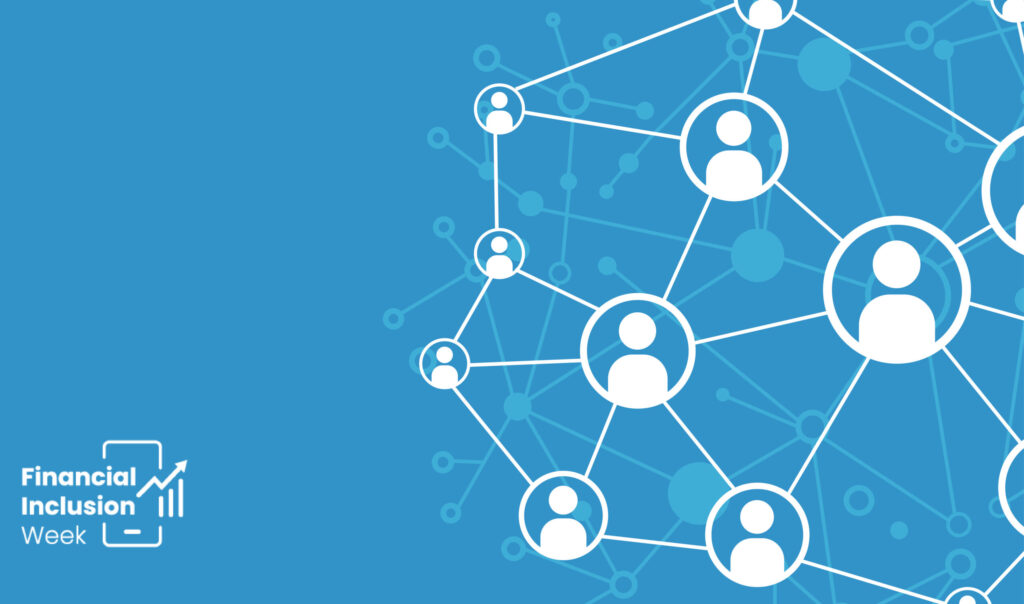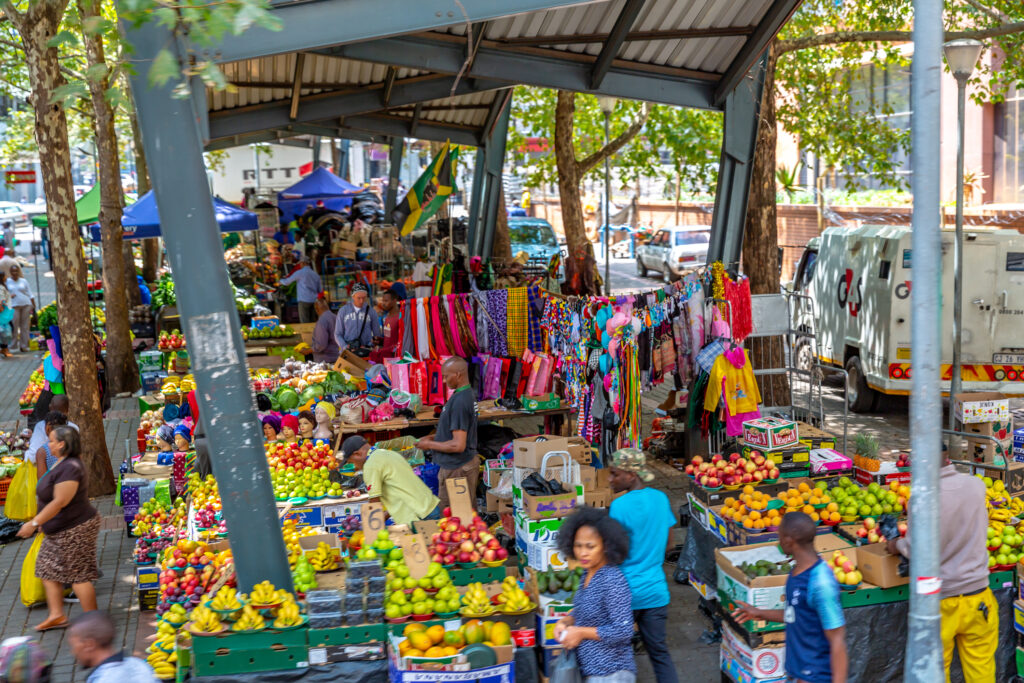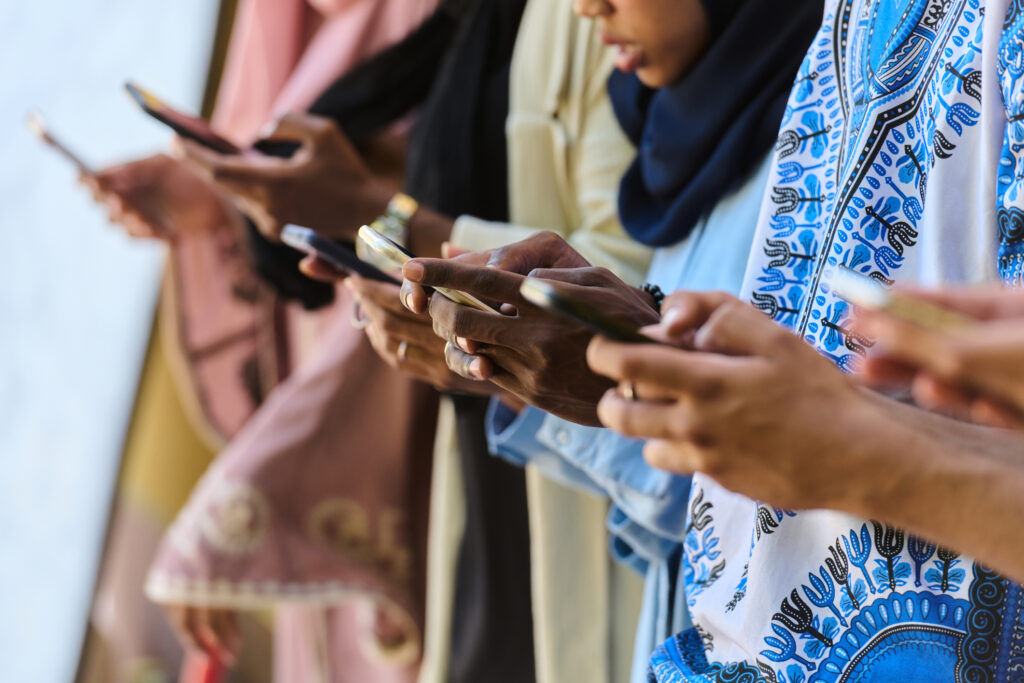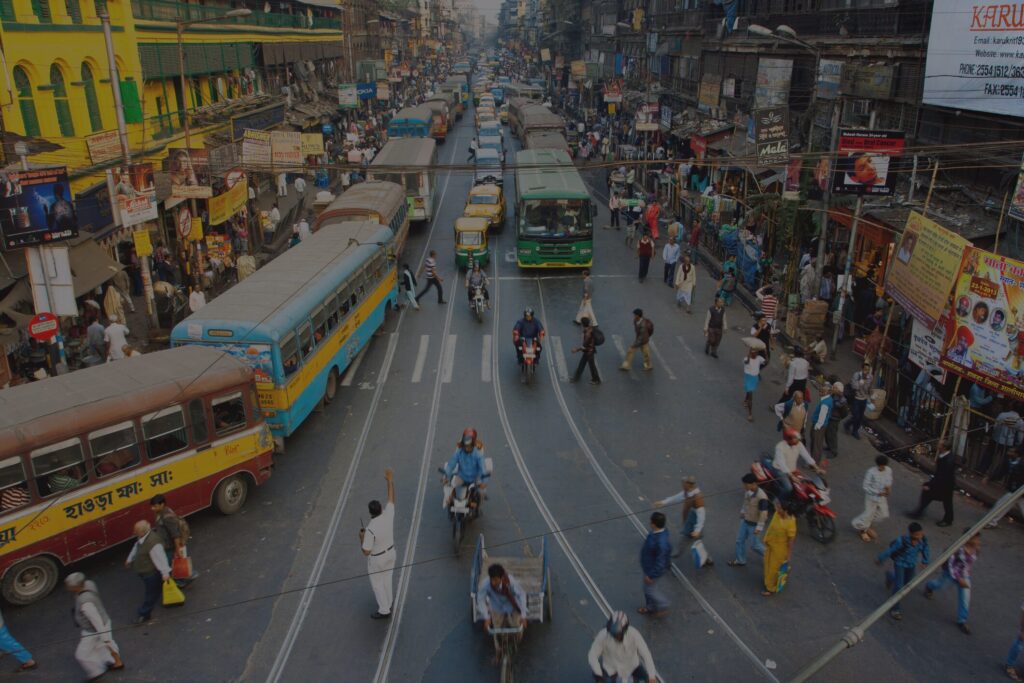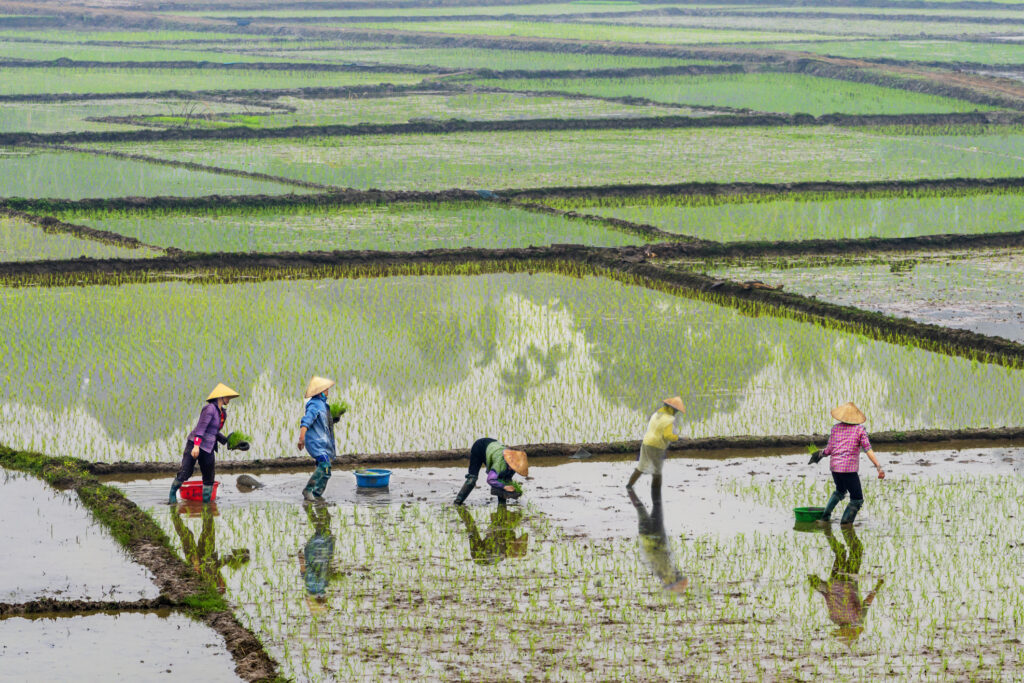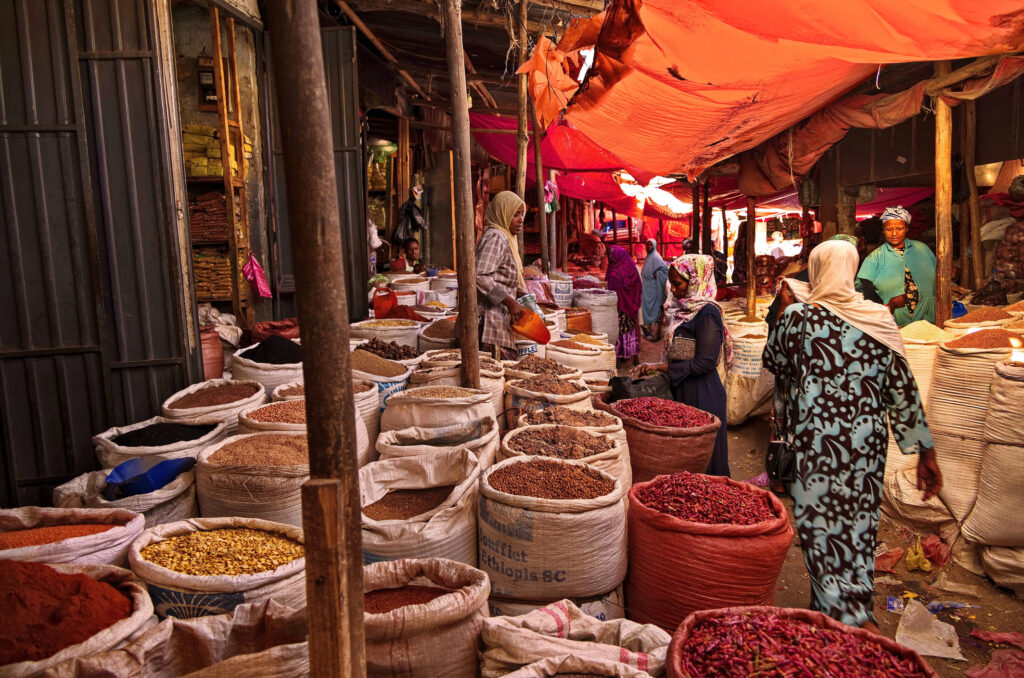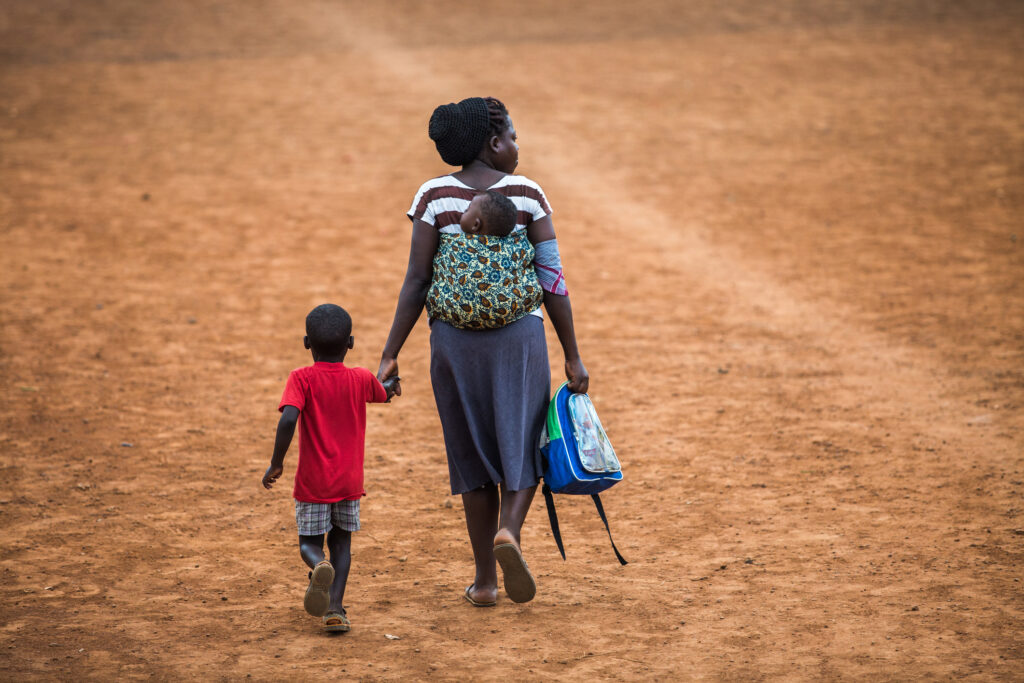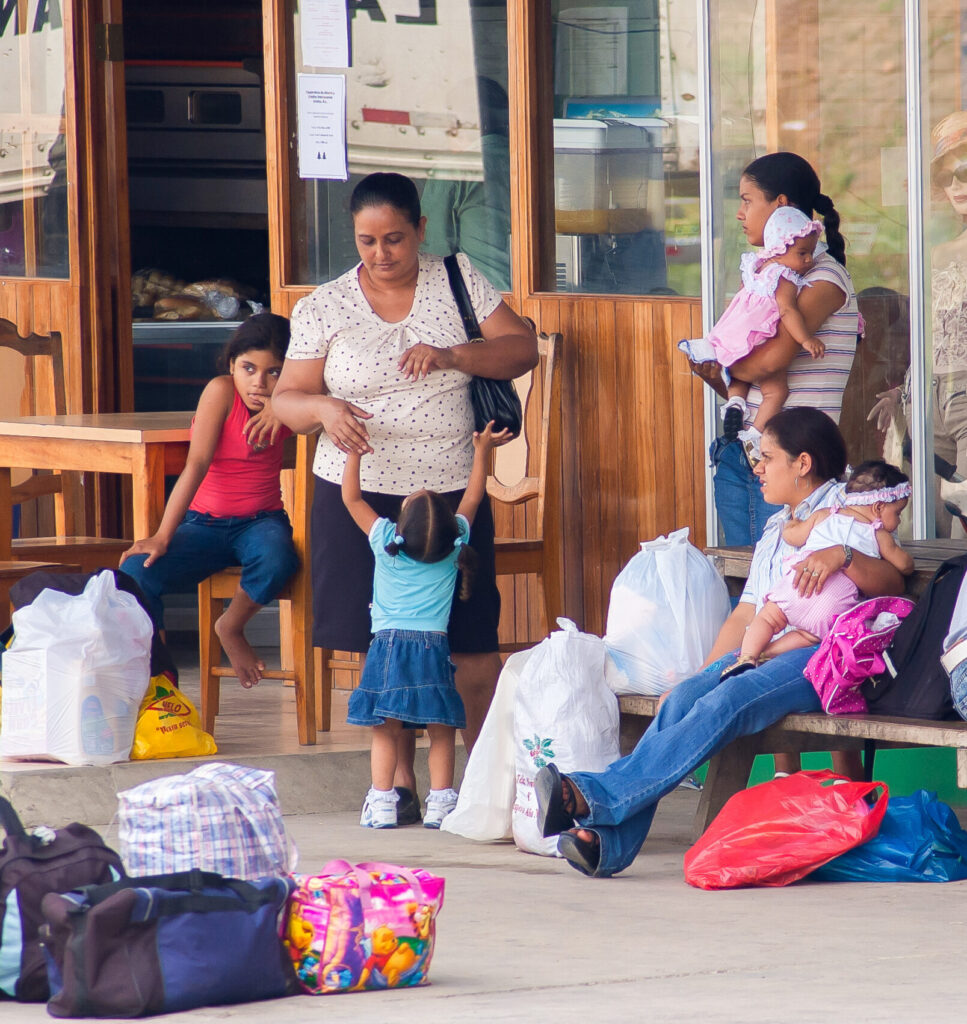
As countries around the world grapple with the economic impact of the COVID pandemic, governments have turned to supplemental cash transfers as a key policy instrument to offset the loss of income, mostly via digital payments.
Those countries with well-developed social protection systems, payments infrastructure, and wide access to digital financial services have fared much better in getting these payments out quickly, but even they have struggled to rapidly open accounts for their more vulnerable populations. Many of the people at risk fall outside the usual government welfare rolls and risk being overlooked — especially informal workers, MSME owners/operators, and those working in hard-hit industries like tourism.
The COVID crisis forced policymakers to find innovative ways to deliver rapid support payments to those most in need. A critical aspect of getting this emergency aid out has been the ability to quickly identify and onboard eligible recipients who don’t already have transaction accounts and distribute the payments as soon as possible.
What are governments doing to enable rapid payments to those without existing accounts?
CFI’s latest policy brief, part of our partnership with Mastercard Center for Inclusive Growth and Deutsche Gesellschaft für Internationale Zusammenarbeit (GIZ), explores what governments are doing to enable rapid payments to those without existing accounts. The paper reviews three types of measures being taken to speed up payment distribution. Not surprisingly, the common theme is the ability and willingness of policymakers to be nimble and innovative. Below are a few examples, organized by type of measure:
1. Rapid Identification of Eligible Recipients
To quickly determine who’s eligible for COVID support payments, governments have had to be innovative in tapping into all available existing information, whether publicly or privately owned.
Current Beneficiary and Employment Rolls
Bangladesh Bank allowed government disbursement program information to be used to open permanent accounts on behalf of customers. The central bank also permitted the creation of accounts for ready-made garment (RMG) workers based on their employment record, given the low rates of digital IDs or other means to confirm their identity among the predominantly female group.
Voter Rolls
The Government of Togo established the Novissi cash transfer scheme, to provide support during the pandemic. Because Togo does not have a strong national ID system, they took advantage of a recent voter registration campaign to verify the identity of eligible recipients. Timor-Leste was also able to take advantage of its voter registration system, which had high sign-up rates after a recent election.
Mobile SIM Data
Zimbabwe took advantage of its 90 percent mobile money penetration to make payments directly to the e-wallets of all phone numbers mapped to areas targeted for support payments, while Nigeria partnered with mobile network operators to identify vulnerable informal workers in urban areas through airtime purchase patterns.
Governments have had to be innovative in tapping into all available existing information, whether publicly or privately owned.
2. Simplified Due Diligence for Rapid Account Opening
During COVID-19, policymakers and FSPs, in cooperation with regulators, have had to apply simplified customer due diligence (SDD), to rapidly open accounts for newly vulnerable recipients. Some of the key ways they’ve done this include use of mobile SIM registration data, employment records and deferred KYC measures.
Mobile SIM as ID
The Bank of Ghana expanded its tiered KYC to allow mobile phone subscribers to reuse their SIM card registration to open the lowest tier of e-money accounts, called Minimum KYC Accounts. In Egypt, the central bank’s eKYC program allows customers to open bank accounts electronically, by submitting their national ID number along with their mobile phone number to the telecommunications authority, which then confirms to the bank the information match for the mobile SIM registration.
Remote and/or Deferred CDD
In Pakistan, the government suspended the need for biometric confirmation for its Ehsaas Emergency Cash transfers, opening a web portal for residents to handle applications and resolve any issues, while the Central Bank of West African States (BCEAO) allowed a three-month window following the COVID crisis for in-person due diligence verification for basic accounts.
3. Use of Alternative Channels for Delivering Payments
Several jurisdictions have looked to new channels to quickly onboard beneficiaries and distribute social transfers, from mobile apps and websites to postal networks and non-bank financial institutions (NBFIs).
Apps and Websites
Brazil’s social assistance program aimed at informal workers, the coronavoucher, is accessible through a free mobile app the bank created specifically for this purpose (those without a cellphone could apply via this website).
Post Offices
In Madagascar, the government’s COVID cash transfer program, called Tosika Fomena, is made via the Madagascar postal system’s (Paositra Malagasy) cash transfer service called Paositra Money, and can be retrieved at any PO upon presentation of a national ID. The South African Post Office (SAPO) rolled out 10,000 cashless ATMS in rural shops to allow users to access payments without having to travel to urban centers.
In India, the post office enabled people to get their funds delivered to their homes during the COVID crisis, whether they have a postal bank account or not. By downloading the India Post Payment Bank app, the user is able to withdraw funds from any bank account and have it delivered either to the post office branch or to their home.
NBFIs
In Bangladesh, BRAC turned to the use of the country’s most prominent mobile money wallet, bKash, as a means of delivering aid to their clients. They opened mobile wallet accounts for all the clients who had their own mobile numbers and, for those that didn’t, especially the women, they allowed the use of a trusted family member’s wallet.
In Ecuador, the government implemented a social transfer program aimed at vulnerable households, utilizing cooperatives as well as banks to distribute the funds. Unlike cooperatives in most countries, many of Ecuador’s cooperatives are connected to the national payment system.
The Path Forward
While countries have made impressive progress over the last decade in broadening the reach of digital financial services, the COVID pandemic has magnified the remaining gaps and weaknesses in helping the most vulnerable. As governments continue with national infrastructure programs, especially around ID and payments, we offer the following crucial considerations for national governments:
Value of Universal Access to Basic Accounts Opened Under SDD
This pandemic has demonstrated the potential value of universal access to basic accounts that can be opened under SDD (simplified customer due diligence) measures and at no initial cost to the customer. Should all members of society, as a matter of course, be able to open accounts – immediately and remotely — for receipt of government emergency payments?
Importance of Whole of Government Communication and Policy Responses
Like many aspects of the COVID crisis, communications have been a critical aspect of program success and/or failure. In some countries, for example, unclear messaging on how to apply for or access funds has led to overcrowding at government offices or state banks, forcing those offices to close and leading to public turmoil.
Clear, Ongoing Dialogue and Interactive Decision-making
Clear, ongoing dialogue and interactive decision-making between government ministries, regulators and FSPs — especially payment service providers — has proven vital to ensuring quick action on rapid onboarding programs. Governments already have established emergency protocols with telecommunications and power companies. How can governments put in place formal emergency mechanisms to engage all relevant ministries and private-sector actors, especially payment service providers, for any future crisis situations?
How can countries put in place mechanisms to address identification and verification for future crises?
One approach is to loosen impediments to the sharing of various government beneficiary databases, but there is much to understand around data privacy and security and it is unclear whether this approach is the answer. Given the likelihood of future crises, it is prudent that governments begin the longer-term dialogue and investment needed to address governance of data sharing.
What are the mechanisms that governments can use to expedite digital infrastructure partnerships with the private sector?
Where government doesn’t yet have the necessary infrastructure — including, among others, digital payments, identification, and government databases — partnerships with industry allow them to leverage existing capabilities and information sharing. The use of mobile SIM registration is a prime example of collaboration to address shortcomings in existing ID infrastructure. Rather than treating each situation as a one-off event, one approach is for governments to institute ongoing cooperation agreements with MNOs and other private/public sector actors to react quickly to events as necessary.
Governments must consider how they reach beneficiaries that are not digitally connected and may never be.
The cases in our report highlighted usage of alternative distribution channels through institutions such as post offices and NBFIs. These players already serve low-income people, often via some combination of cash and digital means. Those beneficiaries that only want to deal in cash must continue to be accommodated. But that doesn’t mean that the institutions they use must also deal only in cash. The further that governments can push out the digitization of payments, especially to the “last mile,” the more efficient and expedient the delivery system can be made before it’s transferred back to cash for final delivery.
Find out more about these policy considerations, and about how countries have innovated and operationalized social payments for the underserved during this difficult time.
